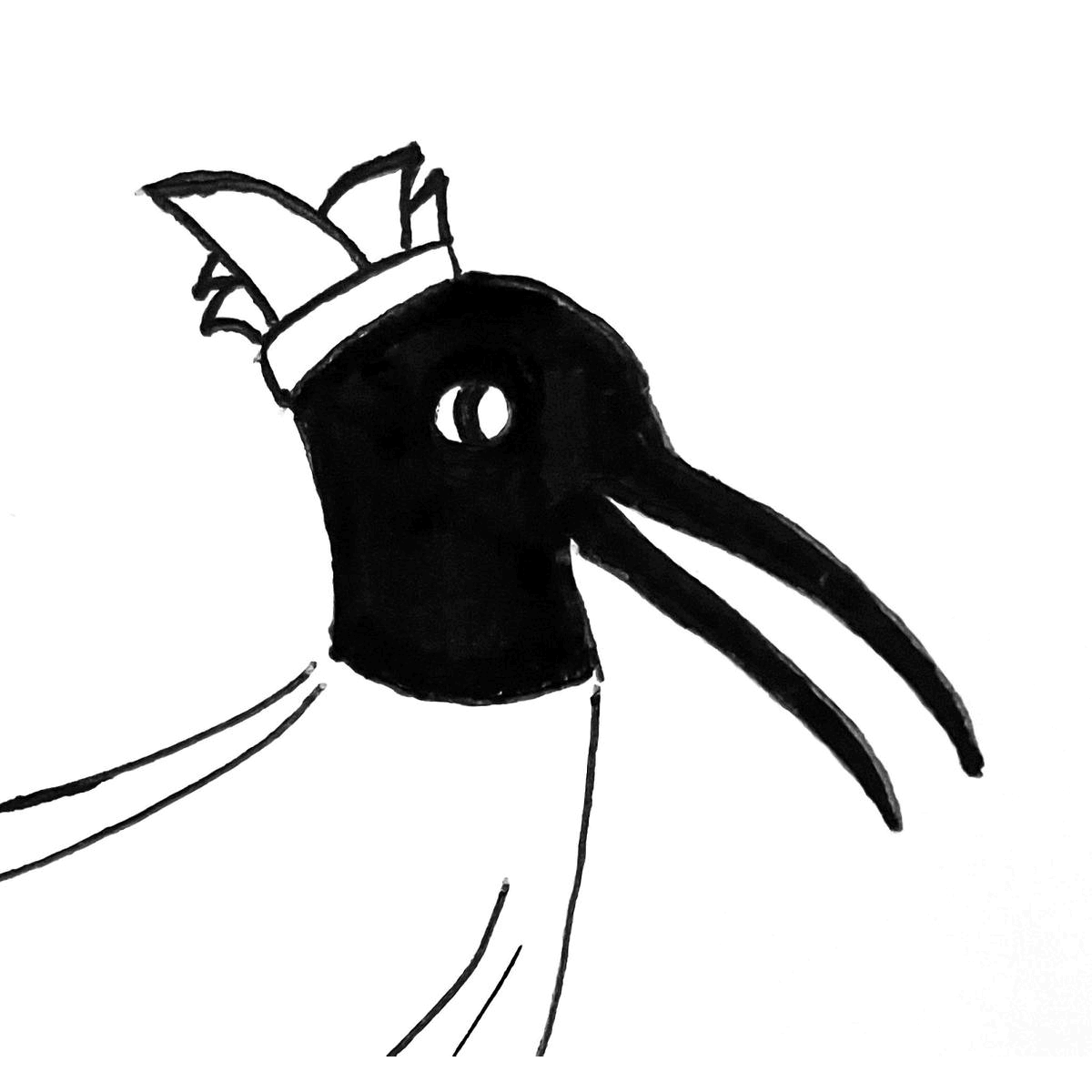The Christmas staple that nobody knows about.
The summer months are finally upon us and La Niña has gone on a welcome sabbatical - for now at least. The festive season; during which Australians almost universally take a break from work, signals the preparation of particular foods, wrapped in traditions unique to each family’s histories. Whilst a roast bird of some description and pudding finished in flames are customary in many households, the flat-lays can look wildly different on other tables.
For my family, the orthodox food practice involves a fairly unknown mollusc - the turban shell. This unassuming marine snail has made an appearance for the best part of two decades on our end/new year cook-up playlist. We do not know what it is like to buy a turkey, play tetris to fit it into the fridge, forget to defrost it and then wait eagerly for the undersized Westinghouse at a relative’s house to incinerate the masterpiece. Yet these vignettes of Christmas lunch are oddly familiar, seen only through the window of social media.
My father is the sazae-tori (turban shell harvesting) enthusiast of our family. Each year he researches the tides diligently, weeks before on his beloved iPad. Low tide and low sun guide the decision on timing. The gear is enthusiastically but calmly prepared the night before, pulled out and organised from our dusty shed, ready to go in the morning. Like the airport dads on Tik Tok, preparation is key.

Image 1. The inlet our family makes an annual trip to to dive for turban shells.
When we arrive at our spot, my father wastes little time and gets straight into the water. With a laundry net and trusty garden gloves in tow, he launches into the cove and off he goes. To his happy place. Nothing too cool or badass like the Haenyeo of Jeju. The turban shells are not exactly easy to spot as their shells blend into the monotone mosaic of rock platforms, dense seaweed and coral. In saying that, the trained eye can pinpoint the trademark twirl quickly if in close proximity.
These days, sea urchin populations have exploded in the area, so a sea of spikes also greets the fogged goggles as you venture further out. The turban shells offer little resistance when taken, and make light work compared to other more prized molluscs and crustaceans lurking in the same waters.
After what usually seems a good 90 minutes or so, my father will emerge from the water with the raggedy laundry net sagging with harvest. They are all tipped into a conveniently sized rock pool and observed with a dialled-down pride. The smaller ones breathe a sigh of relief as they are thrown back into their habitat. This year, three Maori ladies were camped in the shallow end, giggling all afternoon whilst yanking sea urchins with their bare hands and cutting them open with a large kitchen knife. The best omakase in town.

Image 2. The catch of turban shells waiting to be sorted.
Unless a chef friend has joined the harvest and can arrange sashimi, the established cooking method is to grill the catch in their own shells - either on charcoal or in the oven. The insides bubble and fizzle lightly as the shells heat up, and a thin metal skewer is used to pry out the goods. Usually some shoyu is all that is used to brighten the meat up. Without any raw “smelly” seafood aroma, it tastes 1000% of the ocean. The texture can be quite like a Haribo bear mixed with the second chew of a starburst - a bit of jaw work required but manageable. It has been compared to the designer mollusc abalone, in texture and taste. Let's just say if the abalone was the Lamborghini Aventador the turban shell would be a Toyota Corolla.
For this edition of sazae-tori, the turban shell meat was enjoyed with another summer/silly season staple for our family, cold soba. Not a bird or ham in sight but it still feels like Christmas.
Image 3. The swirly operculum acts as the trapdoor, as is attached to the inner snail's "foot".
Image 4. Cooked and bite-sized turban shell meat.
Image 5. Turban snail with soba.







Comments